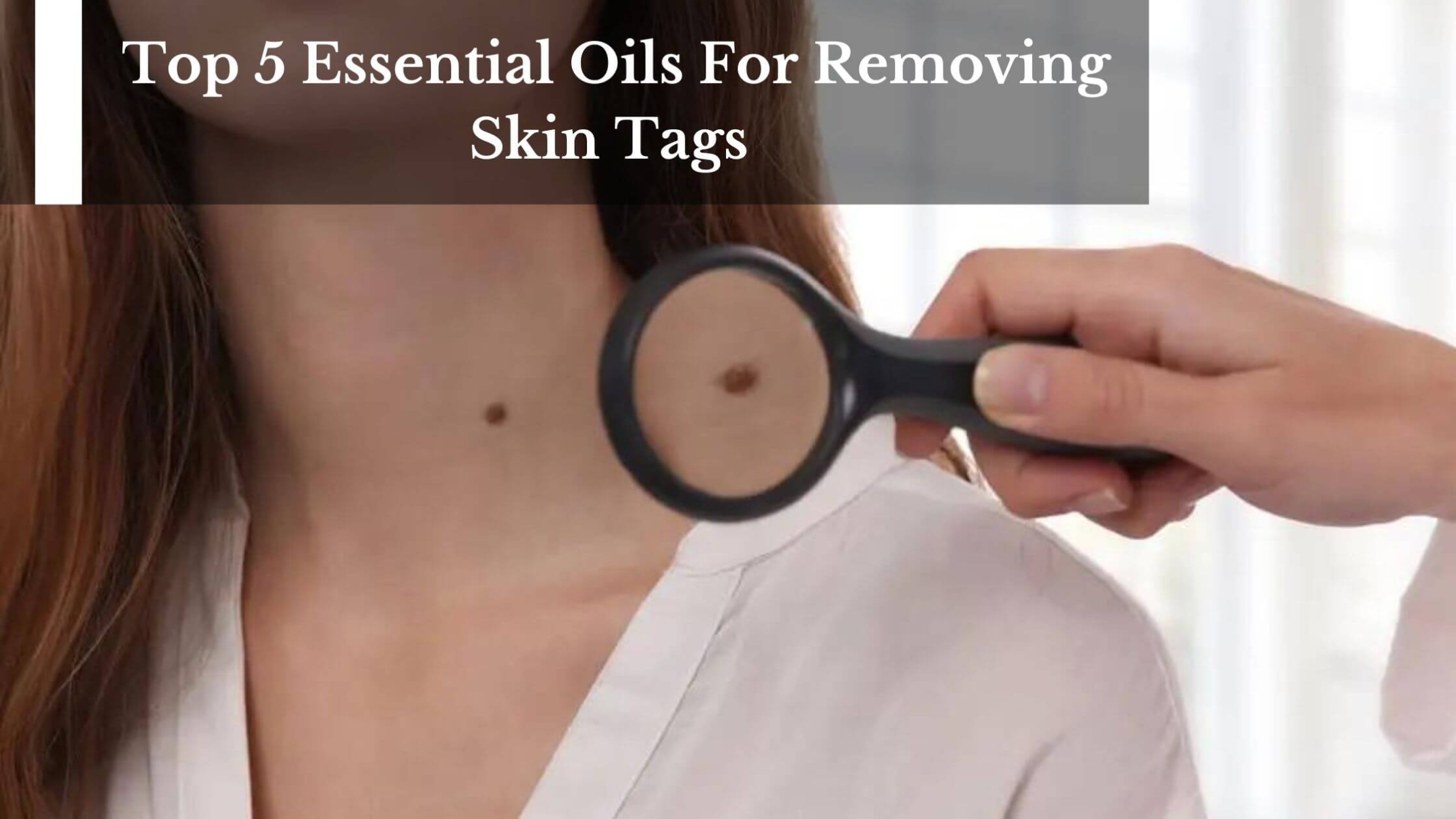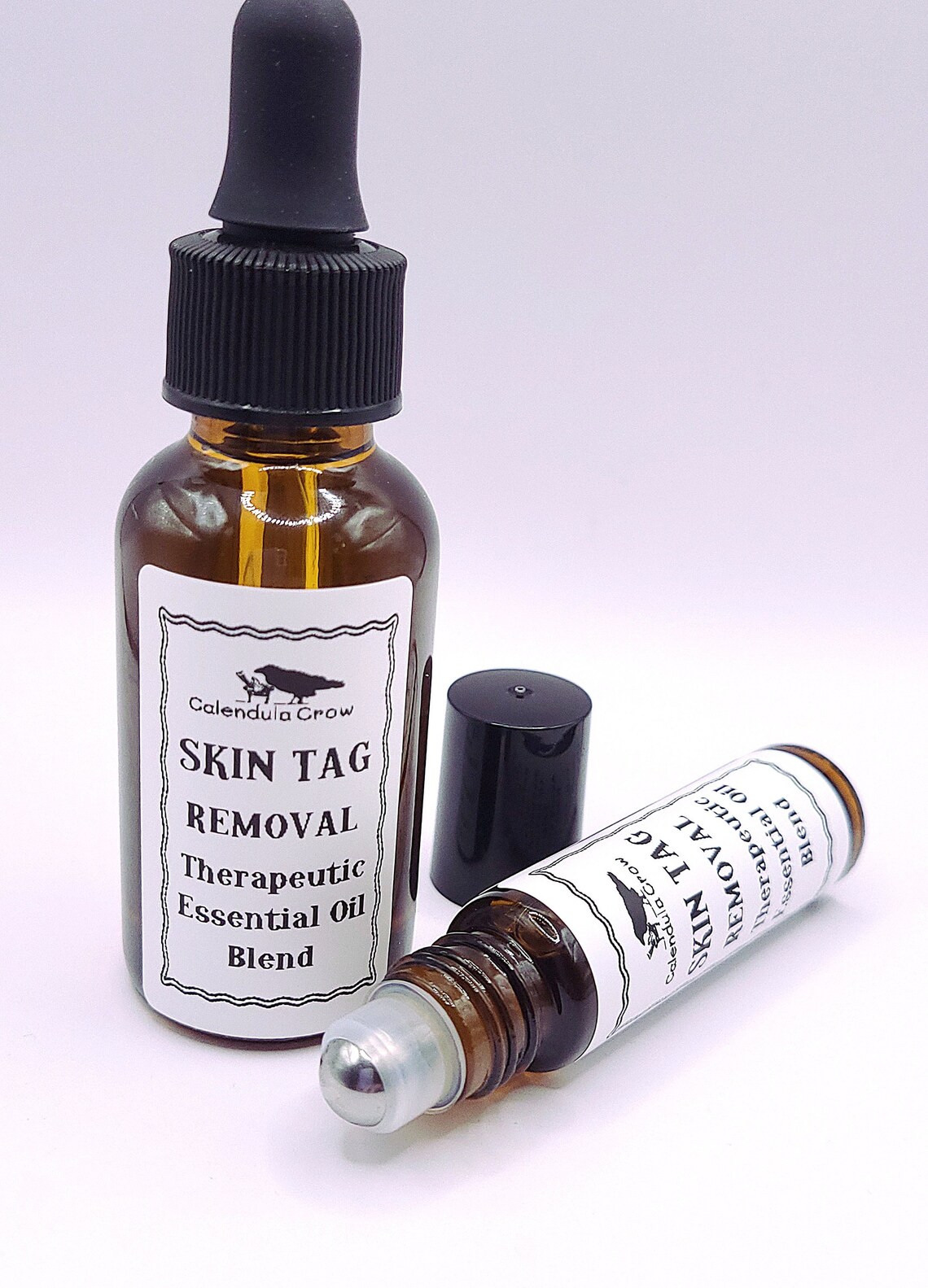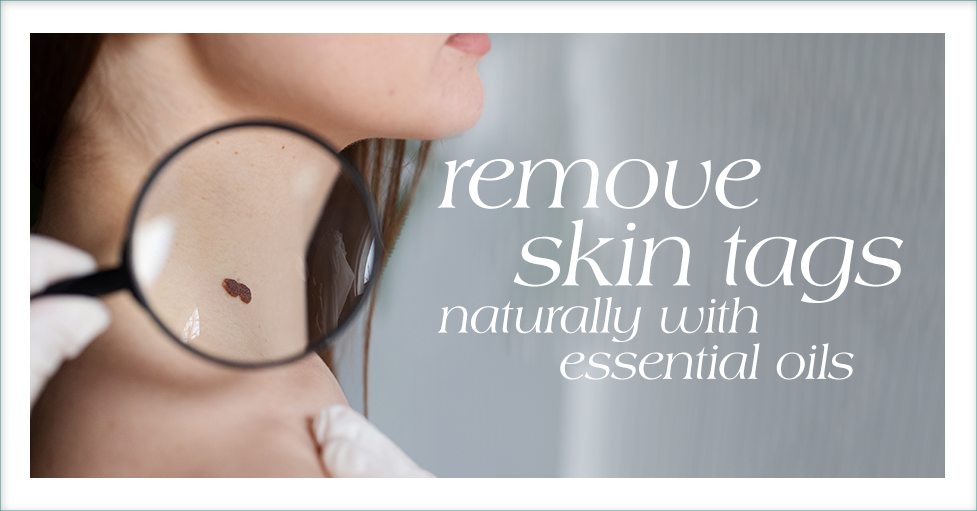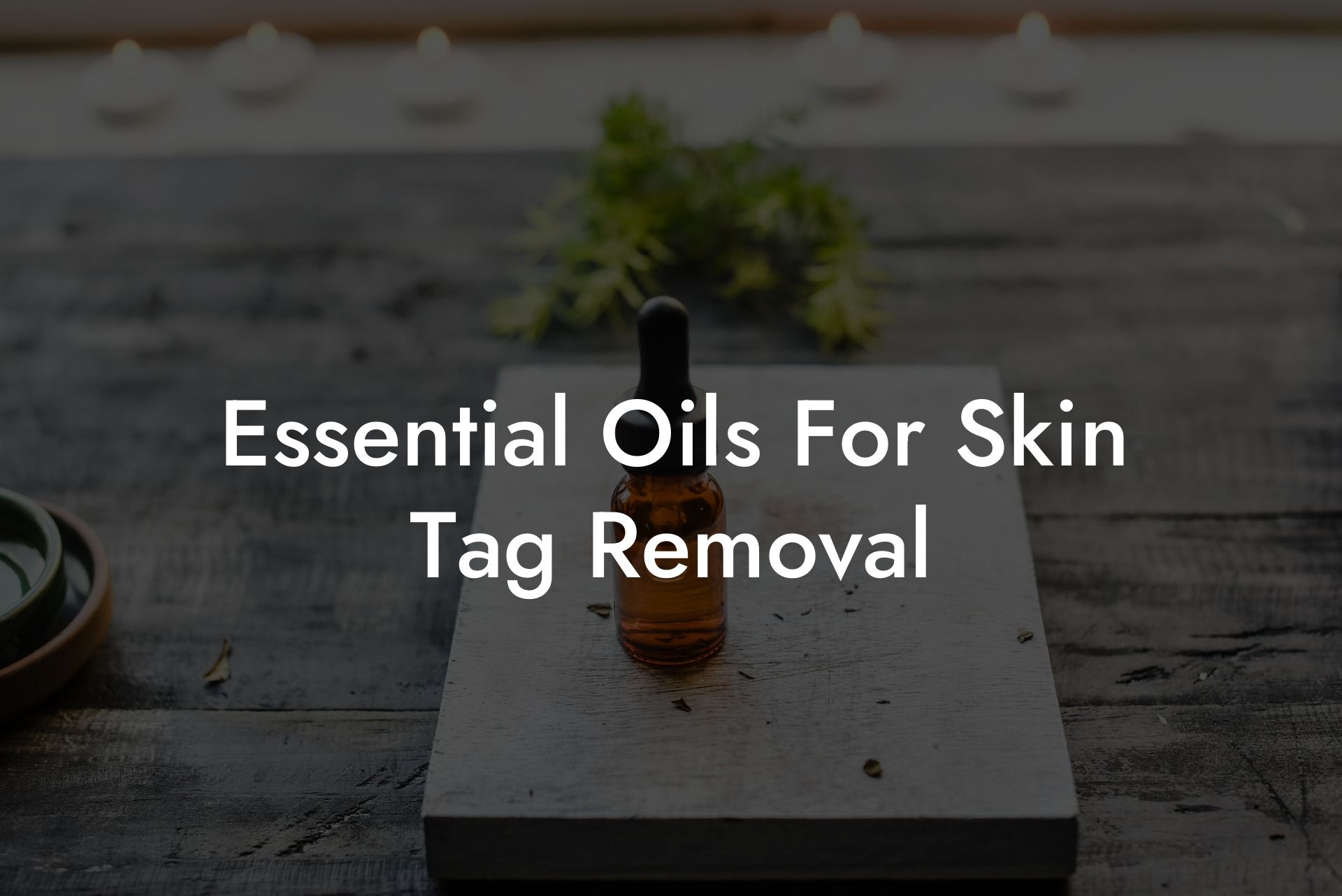Essential Oil To Remove Skin Tag

The search for effective and affordable skin tag removal methods has led many to explore natural alternatives, with essential oils frequently touted as a promising solution. While anecdotal evidence and online forums are filled with testimonials, the scientific validity and potential risks of using essential oils for skin tag removal remain a subject of considerable debate among dermatologists and healthcare professionals.
This article delves into the claims surrounding essential oils for skin tag removal, examining the scientific evidence, expert opinions, and potential dangers. It aims to provide a balanced perspective, empowering readers to make informed decisions about their skincare.
Understanding Skin Tags
Skin tags, also known as acrochordons, are small, benign growths that typically appear in areas where skin rubs against skin, such as the neck, armpits, groin, and eyelids.
They are usually flesh-colored or slightly darker and are attached to the skin by a small stalk. According to the American Academy of Dermatology (AAD), skin tags are harmless and generally don't cause pain or discomfort.
However, some people choose to remove them for cosmetic reasons or if they become irritated by clothing or jewelry.
Essential Oils Touted for Skin Tag Removal
Several essential oils are promoted online as effective treatments for removing skin tags. Tea tree oil, oregano oil, and lemon oil are among the most commonly cited examples.
Proponents suggest that these oils, known for their antiseptic, antiviral, or astringent properties, can gradually dry out and shrink the skin tag until it falls off.
The application method usually involves diluting the essential oil with a carrier oil, such as coconut or almond oil, and applying it directly to the skin tag several times a day.
The Scientific Evidence (or Lack Thereof)
It's crucial to acknowledge that there is a distinct lack of robust scientific evidence supporting the efficacy of essential oils for skin tag removal.
Most claims are based on anecdotal evidence and personal testimonials, which are not considered reliable sources of scientific information. Reputable organizations like the National Institutes of Health (NIH) haven't issued any official statements supporting the use of essential oils for this purpose.
While some studies have investigated the antimicrobial and anti-inflammatory properties of certain essential oils, these findings don't automatically translate into an effective treatment for skin tags. Dr. Emily Carter, a board-certified dermatologist, explains, "The concentrations and application methods used in research settings are often different from what people do at home, making it difficult to draw definitive conclusions."
Potential Risks and Side Effects
Using essential oils for skin tag removal is not without potential risks. The most common side effect is skin irritation, including redness, itching, burning, and inflammation.
Undiluted essential oils can be particularly harsh and can cause chemical burns. Allergic reactions are also possible, even with diluted oils.
Moreover, attempting to remove skin tags at home, regardless of the method, carries a risk of infection, especially if proper hygiene practices are not followed. The Mayo Clinic advises against self-treating skin tags, particularly those in sensitive areas, such as the eyelids.
Expert Opinions and Recommendations
Most dermatologists recommend professional removal methods for skin tags. These methods include cryotherapy (freezing), surgical excision (cutting), electrocautery (burning), and ligation (tying off the base of the skin tag).
These procedures are performed by trained medical professionals in a sterile environment, minimizing the risk of complications. Dr. David Lee, another leading dermatologist, states, "In my practice, I've seen many patients who've attempted to remove skin tags with home remedies, including essential oils, often resulting in irritation, infection, or scarring. Professional removal is generally safer and more effective."
Furthermore, a dermatologist can properly examine the growth to ensure it is indeed a skin tag and not a more serious condition, such as a mole or skin cancer.
Alternative Natural Remedies
While essential oils may not be the safest or most effective option, some individuals may explore other natural remedies with lower risks. For example, apple cider vinegar has been cited by some users, however, similar cautions about irritation and scarring apply.
Before trying any alternative treatment, it's crucial to consult with a healthcare professional to discuss potential benefits and risks.
It is also important to manage expectations, as even these remedies lack strong scientific backing and may not provide satisfactory results.
Conclusion: Proceed with Caution
While the appeal of using essential oils for skin tag removal is understandable, it's essential to approach such claims with a critical eye. The lack of scientific evidence supporting their efficacy, coupled with the potential for skin irritation, allergic reactions, and infection, makes them a less desirable option compared to professional removal methods.
Prioritizing safety and consulting with a dermatologist remains the best course of action when dealing with skin tags. Ignoring professional advice can lead to unforeseen complications and potentially delay the diagnosis of more serious skin conditions.
The future of skin tag removal may involve advancements in minimally invasive procedures and personalized treatments. Until then, evidence-based practices should remain the standard of care.


















